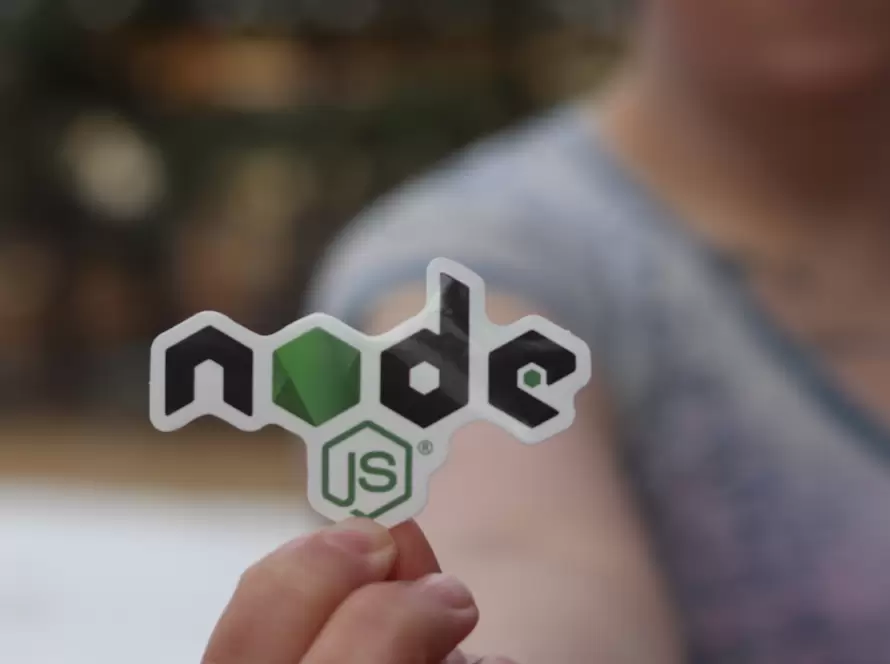Generated by Contentify AI

In today’s digital world, security has become a paramount concern for businesses and individuals alike. As more and more applications and websites are built using technologies like Node.js and MongoDB, it’s crucial to understand the security considerations associated with these platforms. This blog post aims to shed light on the key security aspects that developers and system administrators should keep in mind when working with Node.js and MongoDB.
First and foremost, when using Node.js, it’s essential to ensure that the latest version is being utilized. The Node.js community is constantly working on improving security measures, addressing vulnerabilities, and releasing updates. By staying up to date with the latest version, developers can leverage the security enhancements and bug fixes provided by the Node.js team, reducing the risk of potential exploits.
Additionally, securing your Node.js applications involves properly configuring access controls and authentication mechanisms. Implementing user authentication, role-based access control, and secure session management is crucial to prevent unauthorized access and protect sensitive data. Moreover, it is recommended to utilize well-tested and widely-adopted authentication libraries and frameworks to avoid common security pitfalls.
When it comes to MongoDB, securing the database is of utmost importance. One major consideration is establishing secure connections between the Node.js application and the MongoDB server. Utilizing Transport Layer Security (TLS) for encrypting data in transit adds an extra layer of protection, preventing eavesdropping and tampering.
Another vital aspect is properly configuring access controls in MongoDB. Limiting user privileges, enforcing strong passwords, and utilizing encryption for sensitive data are essential techniques to thwart potential attacks. Regularly auditing and monitoring the access to the MongoDB database can help identify any suspicious activities and strengthen security measures.
In conclusion, when working with Node.js and MongoDB, it is crucial to prioritize security considerations. By keeping the technology stack up to date, implementing robust authentication mechanisms, securing database connections, and configuring access controls adequately, developers and system administrators can ensure a more secure environment for their applications and data. Stay vigilant, stay secure!



